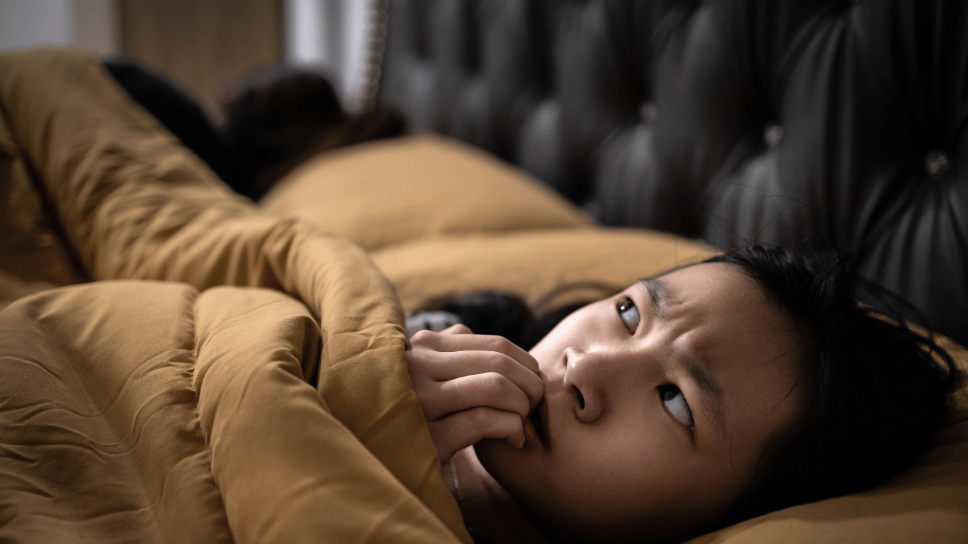Learn more about fears and phobias and how to help a loved one navigate this part of their mental wellness journey.
Fear is a natural emotion, but for some, it can grow into something more paralyzing – a full-blown phobia. This excessive and uncontrollable fear of certain situations can become all-consuming, making it nearly impossible to live a normal life.
For families who wonder if loved ones are struggling with one or the other, it can be helpful to know the signs to look for when determining what is happening. Learn more about fears and phobias and how to help a loved one navigate this part of their mental wellness journey.
What is the Difference Between Fear and Phobia?
Fears and phobias are like distant cousins – closely related, yet distinctly separate. While they both involve intense feelings of unease or danger, each has its own unique qualities.
Fear is a natural response when we believe there is impending danger. For example, it’s normal to feel scared when walking alone at night in an unfamiliar area. The fear might cause you to walk a little faster, check your surroundings more frequently, or call a friend to let them know your location. Your fear ends once you’ve made it to your destination.
A phobia is more than just a fear, it’s an anxiety disorder that can send your nerves into overdrive. It’s a feeling of overwhelming dread that can strike even when there is no real threat in sight.
fear or anxiety that is persistent, excessive, and out of proportion to the danger posed by what the person fears.
How do you know if you have a fear or a phobia?
Fear may be a phobia when you experience overwhelming anxiety that doesn’t match your true level of danger. When you have a phobia, just thinking about your fear can trigger sudden and intense anxiety.
A phobia usually causes fear of a specific object or situation. It may also lead you to spend a lot of time worrying if you’re going to run into your fear. You might go out of your way to avoid anywhere you might encounter it, even if this limits your life.
In general, phobias can cause symptoms like:
- Sweating
- Shaking
- Nausea and/or vomiting
- Chest pain
- Difficulty breathing
- Rapid heartbeat
- Feeling lightheaded or dizzy
- Feeling out of control
- Panic attacks
While the difference between fear and phobia is apparent to some, it is not always apparent to family and loved ones. There seems to be a real danger for those with anxiety and this intense fear is unpredictable and unfocused.
Anxiety may persist for a long time after the trigger is removed. Fears, phobias, and anxiety go together. Treatment of either requires different work by the therapists and the person getting help. It is not just about avoiding triggers.
What Causes Phobias?
When a person feels this fear early on in life, perhaps from trauma, neglect, or painful experiences, it can manifest itself in phobias. It can come out of a mental health issue but may also be related to anxiety or even a biological, chemical response in the brain to the environment.
Whatever the origin and cause, it is important to understand how phobias work in order to best manage and work with them effectively.
Different Types of Phobias
There are different types of phobias, including agoraphobia, social phobia, and others but clinically they are different. According to the DSM-5, specific phobias typically fall within five general categories:
- Fears related to animals (spiders, dogs, insects)
- Fears related to the natural environment (heights, thunder, darkness)
- Fears related to blood, injury, or medical issues (injections, broken bones, falls)
- Fears related to specific situations (flying, riding an elevator, driving)
- Other (fear of choking, loud noises, drowning)
Knowing and understanding the different types of phobias can help people find ways to support their loved ones with phobias.
The Reality of Life with Fear
Fear is misplaced in a person with anxiety and anxiety disorders. They experience more fear than necessary in circumstances where fear is not normally the biggest emotion (going out in public, driving a car, meeting friends for coffee). For that person, it is life-altering to the point they may stop leaving their home or interacting with people to avoid the stigma and social situations causing the fear response.
The key is to find help for underlying reasons for the phobias and fears. Therapists and counseling can provide helpful guidance and treatments to help allay the fears, work on the triggers, and offer tools to cope as they heal.
October 15, 2023
7 mins read
